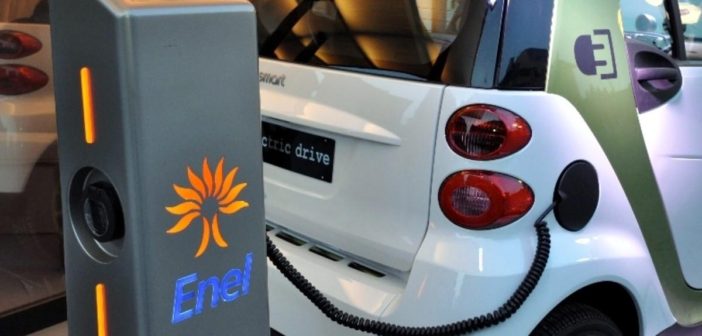E Mobility in Italy is the weak point in the development of the country’s green economy in a blue sky scenario.
Although the new National Energy Strategy provides for up to five million electric vehicles by 2030, the current situation is discomforting. Italy is among the last EU countries by number of electric vehicles and by number of columns (every 100,000 inhabitants).
The delay accumulated by the transport sector contributes decisively to placing Italy on top of another classification, this time far from meritorious: that for deaths related to air pollution.
Vehicle emissions are responsible for over two thirds of the 90,000 direct and indirect casualties caused each year in Italy by air pollution.
Moreover, the transport sector is responsible for more than a third of the national CO2 emissions, adding to the environmental emergency the health emergency.
The study on electric mobility that you can find here “eMobility Revolution” developed by The European House-Ambrosetti together with Enel and presented at the recent Forum Ambrosetti of Cernobbio brings to light all the elements of delay of our but also the strengths at the industrial level that could position us at the top of the rankings.
Between 2005 and 2016 the registrations of electric vehicles grew at an annual average rate of 41%
E Mobility in Italy, Ambrosetti study:
In Italy, considering the entire perimeter of e-mobility (cars, motorcycles, buses and commercial vehicles), the enlarged supply chain has a value that the Ambrosetti study quantifies in about 160,000 companies involved, over 820,000 employed and an annual turnover of almost 390 billion euros.
The Ambrosetti study also estimated the share of “Italianità”, ie the turnover that Italian industry can most likely capture based on its current skills and production, which stands between 14 and 59 billion euro to 2025 and between 41 and 180 billions of euro to 2030. It will involve a mix of wise policies of the government, initiative and investments of companies and market response to ensure that the future development of e-mobility in Italy is closer to the most flattering figures hypothesised by scholars.



